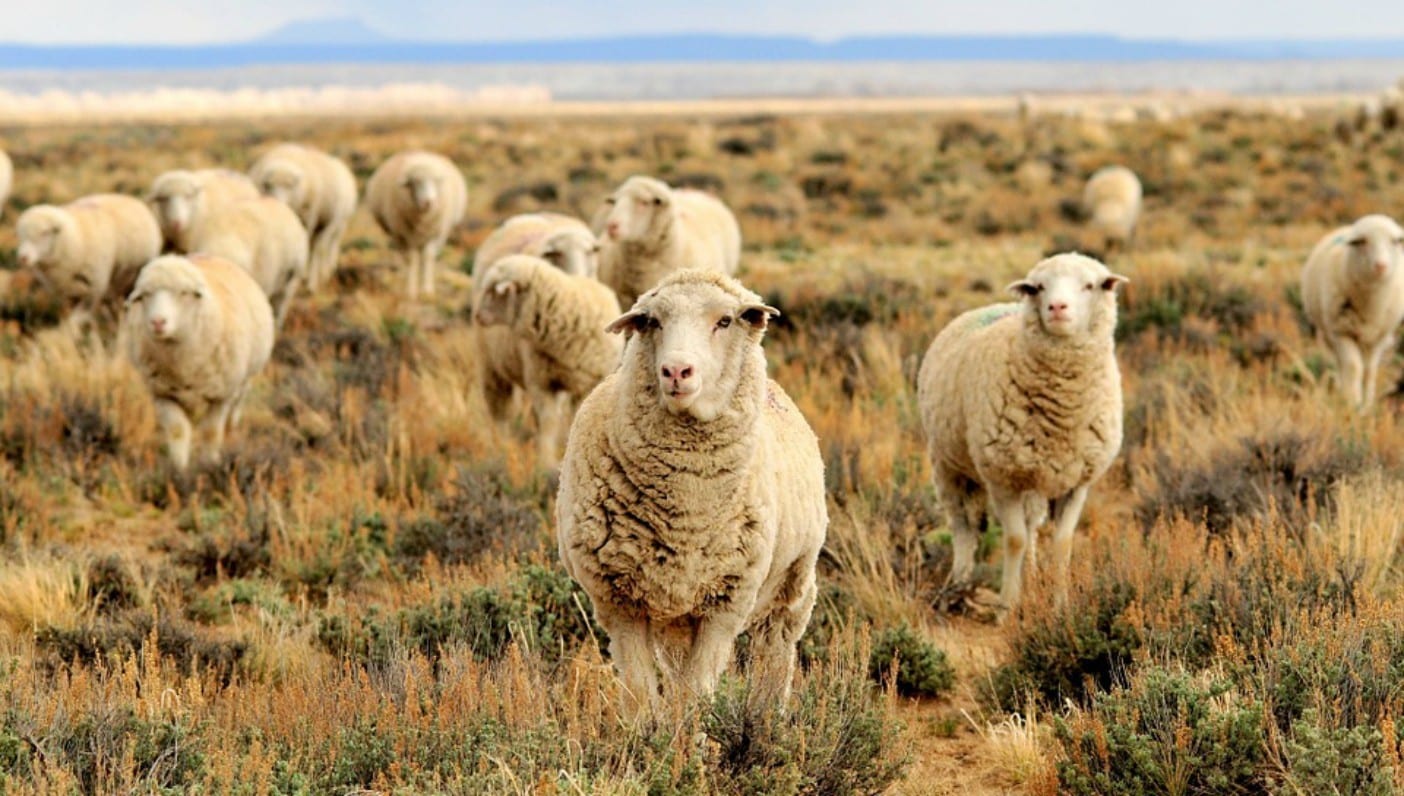
This article is part of a series that explores the idea of mindful meat consumption. Have a question about the difference about land regeneration, and how it’s different from sustainability? Fill out the form below, or click here to submit. We’ll build an article answering your best questions in fall, 2016. Stay tuned!
There are plenty of buzzwords that get thrown around when it comes to American agriculture and food. I’ve definitely purchased a bar of chocolate simply because it was advertised as “organic.” Organic, however (or sustainable, farm-fresh, or natural) doesn’t necessarily denote that the product is an ethical one to buy. Oftentimes food companies—both large and small—use this tactic to manipulate the consumer to their advantage. In fact, the number of lawsuits brought against food companies for allegedly-deceptive advertising has skyrocketed in recent years—so much so that the U.S. District Court for the Northern District of California (where a large percentage of these lawsuits have been filed) is now referred to as the “Food Court.”
With this confusion, it is important to remember that the job of a conscious consumer is not to use the right buzzword: It’s to attempt a holistic understanding of the food industry. Buzzwords can actually be detrimental because they substitute as a kind of cheat-sheet for a complex food system.
“The inconvenient truth of our environmental health is sobering, and our dialogue today will result in the future actions that will either save our planet or lead to further degradation,” writes Taylor Collins, co-founder of EPIC foods. The first step toward changing that dialogue is to understand what these labels really mean.
Common Misunderstandings
Many food companies use images and commercials of pleasant-looking farms to paint the picture that their practices are as idyllic as the landscape suggests; that the product is “fresh from the farm.” The same goes for words like “natural.” The Food and Drug Administration (FDA) has not, as of 2016, developed a definition or rating system for foods labeled natural. That is, highly-processed foods that come from crops planted in highly unnatural monoculture environments may well bear the “natural” label.
While the definition of “sustainable” was delineated in the 1990 Farm Bill, this term, too, can be misleading. While stipulations of the FDA-defined sustainable label include that the product must “enhance environmental quality and the natural resource base upon which the agricultural economy depends,” and “make the most efficient use of nonrenewable and on-farm resources and integrate, where appropriate, natural biological cycles and controls,” it can be argued that this type of farming does not consider long-term environmental effects.
The Difference Between Sustainable and Regenerative
“I encourage you to consciously remove ‘sustainable’ from your environmental narrative,” writes Collins. “Instead, let’s use words that accurately characterize our desire to heal the Earth, to rebuild our ecosystems, and to restore habitats. For me, I will replace ‘sustainable’ with ‘regenerative’ because this truly captures the spirit of environmentalism. Let’s aim to leave this world in better conditions than what has been created by our forefathers.”
Many would agree that sustainable agriculture integrates goals of environmental health, economic profitability, and social and economic equity. Yet it shouldn’t be just about creating a happy-hen farm today, but for years and years to come. For something to be “sustainable,” it needs to produce something that can continue to thrive. That’s where the difference between sustainable and regenerative really starts to sink in.
I will replace “sustainable” with “regenerative” because this truly captures the spirit of environmentalism. – Taylor Collins
Regenerative farming refers to an array of techniques that rebuild the soil and sequester carbon. By allowing grazing animals, such as cows and sheep, to be a part of the farming process, the soil is healthily maintained in the same way it would be without human interference. This helps the soil store carbon, decreases the chance of soil erosion, ensures for higher-quality groundwater, and fends off potentially harmful fertilizer runoff.
Not a New Idea
This isn’t a revolutionary idea: America is actually behind the times when it comes to regenerative farming. Many countries, including El Salvador, Senegal, and New Zealand have organizations that fund permaculture operations to maintain ethical treatment of the Earth. Permaculture systems are designed to replicate those patterns and features found in natural ecosystems.
It’s time to drop the buzzwords and write our own narrative! If we make an effort to understand the dialogue of our agricultural system, we become active participants in the conversation. We can look beyond the logos and buzzwords that paint our packaging, and instead weave a story that speaks truth and nourishes the planet for generations to come.